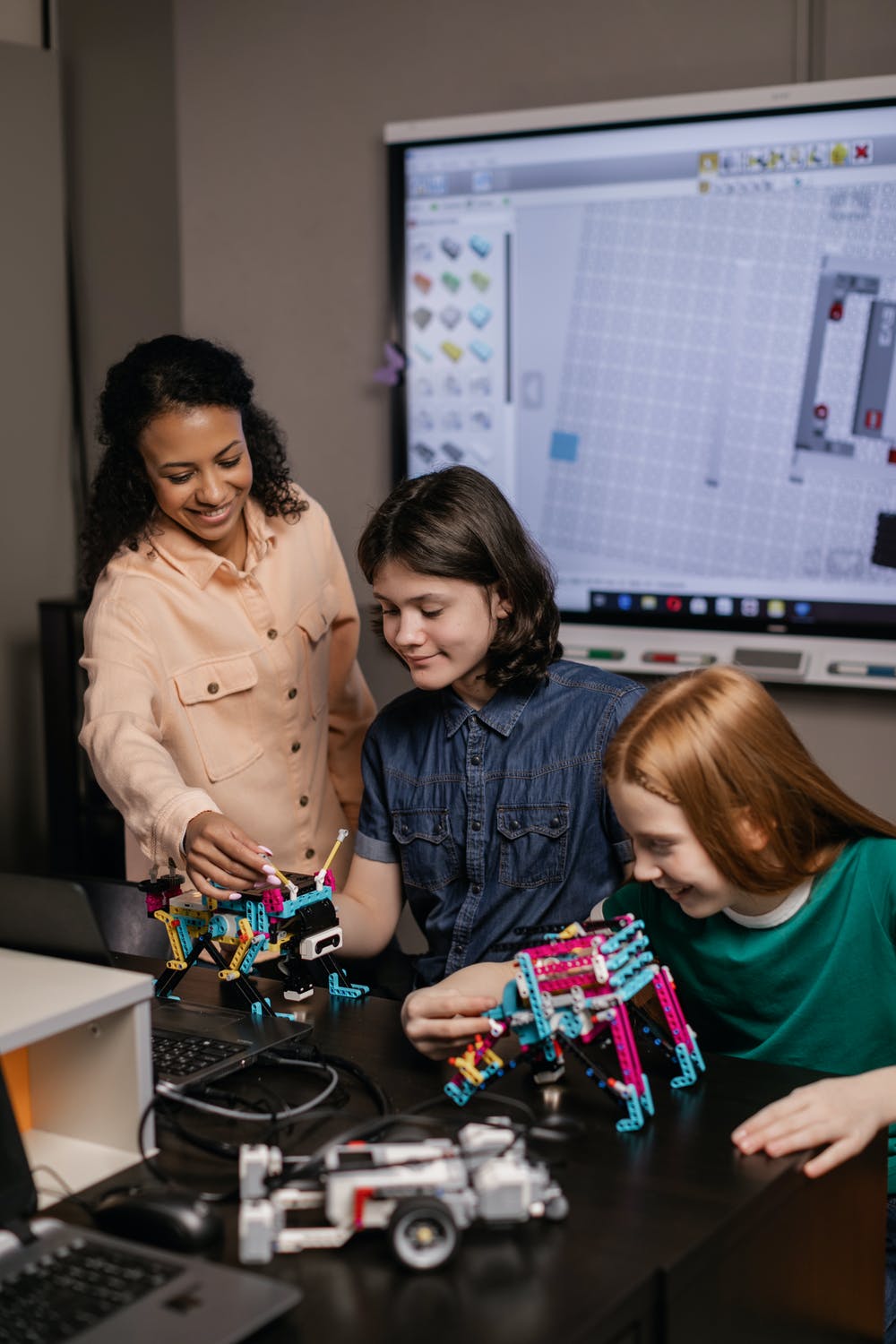IO2 – Promising practices report
On this page you can read more information on the Intellectual Output number two: promising practices report
Goals
This intellectual output sets out some of the complexities around defining ‘personalised learning’ in a more practical context. The IO2 report defines and refines the meaning used by the Empower2Learn project – “learning that empowers students to become active in their learning pathways and tailor their learning activities to meet their needs, abilities and interests” – and considers different dimensions, including addressing inequality, personalised learning pathways and the benefits and risks of digital resources including adaptive and AI systems.
By drawing on the theory and reports highlighted in IO1, the best/promising practice guidelines in IO2 brings theoretical approaches to life by providing examples of how resources and tools are used in real classrooms. All partners have gathered a series of existing practices of personalised learning with the use of digital technologies, including those that use AI.
Activities
Partners have selected practices that could, as broadly as possible describe the complexity of an emerging landscape of personalised learning both in terms of technologies used, field of education, school subject and pedagogical approaches and concepts.
This has resulted in seven case studies of promising practice offering stories of very different ways in which personalised learning has been implemented in schools. Practices have been collected through interviews with practitioners, ICT developers and strategists and collated through a common template.
The report argues that the ultimate goal is a mixed economy of confident teachers using digital tools where appropriate and operating across the different dimensions of personalised learning, as part of a community. It also offers design principles for school leaders and policymakers, teachers and Edtech companies. These are recommendations for the effective implementation of personalised learning strategies based on the examples of good practice for the design of such solutions derived from the case studies and our discussions with practitioners.
Expected impact / Results
- Teachers and policymakers will have an improved understanding of classroom practice which uses digital technologies to support personalised learning
- Educators will have an improved understanding of the potential of digital technologies to support personalization.
- Teachers and policymakers will have an improved understanding of the practices which use digital technologies to support personalised learning in the non-school sector which may inform future practice in school
- By telling stories of teachers’ and students’ experiences of how innovative technologies can support personalization in real classrooms the guide will avoid the pitfall of presenting abstract theories which can alienate practitioners and will instead provide clear exemplification which will inform the design of professional development and the selection of digital tools and resources for learning




